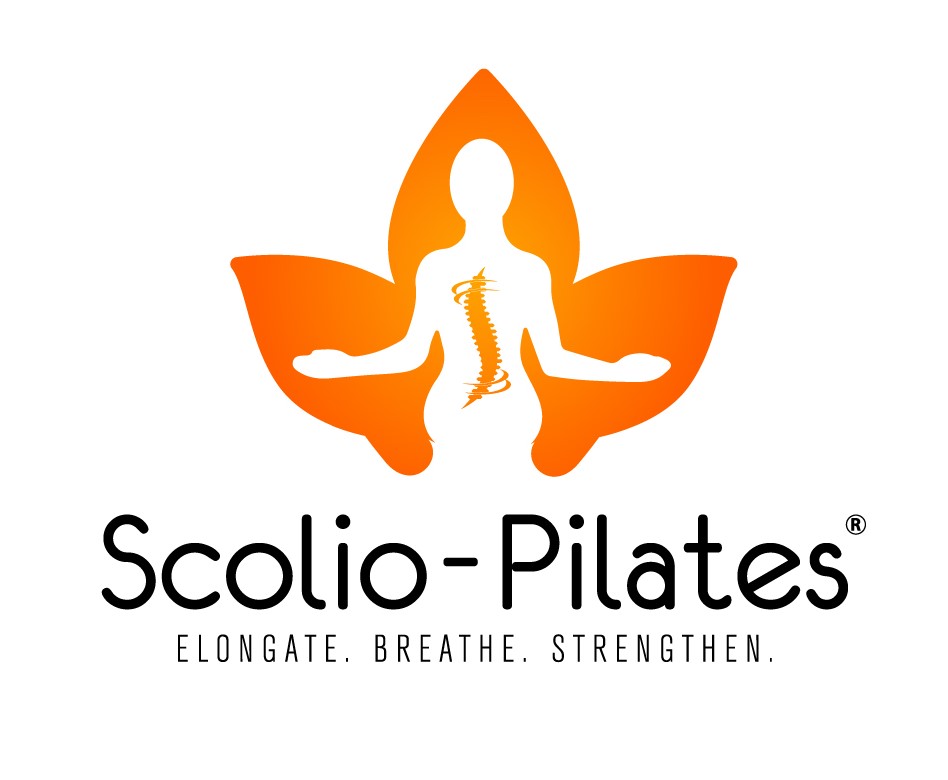Is there actually a strong side versus a weak side in the muscles of scoliosis? We ask Dr Stuart McGill his opinion on the matter and the answer is different than what you’ve probably been told!
This question has plagued me for years and continues to be an annoying little question in the back of my head: Is there really a strong side versus a weak side of the spine of someone living with scoliosis? I get it, when you feel the tissues, they feel different. But what is it that you are feeling? Are you actually palpating muscle? Maybe not. The bony changes in scoliosis along with the connective tissue changes can trick you. The bones are not aligned the way you would expect them to be in scoliosis and the connective tissue takes on a very different role. When you think you are palpating muscle, you might, in fact, be nowhere near the muscle. Tricky. But it’s scoliosis and we’ve gotten used to accepting that the spine in front of us, or our own scoliosis spine, won’t follow the rules of a non-scoliosis spine. If you accept that you aren’t dealing with the “norm” then accepting the unique-ness of the spine in front you becomes easier. When I work with a scoliosis spine, I begin with the premise that the spine in front of me, along with the muscles, the connective tissue and their relationship to each other are perfectly situated to the task at hand: supporting the scoliosis spine. It’s a case study of one and will always take the most inquiring mind to sleuth through the challenges.
When you’ve finished this podcast, be sure to watch all 5 parts of this interview with Dr. Stuart McGill. Thank you for watching and thank you for your support! We really appreciate it!

